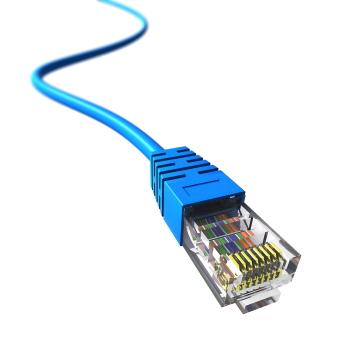
Organizations that use DHCP (Dynamic Hardware Configuration Protocols) for their IP Address assignments, so as to maintain client and corporate security, universally suffer massive efficiency failures related to packet tearing, due to low lease times and complexity of encryption on the cycled IPs, which leads directly to download interruptions and incompatibilities between different users. As a result of DHCP, there is also a direct increase in the scope of transmissions that belong to spammers and virus transmitters, leading to internet-wide slowdown issues.
Calling this system a failure in efficiency might make more sense with a reference to the classic Windows compression software, WinZip, which was one of the application tools which led to the creation… of DHCP. With the advent of user’s ability to span a single packet over multiple files using WinZip, people were able to store large files by spanning them across collections of small blocks in the memory, and swap around the arrangement of memory blocks while maintaining their encryption keys in order to decode the information for the user at a later time. Many disks were subjected to fragmentation as a result.
This spanning process works well on hardware that utilizes local storage, but it is inefficient for netbooks, phones, tablets, and other modern net-heavy devices (all that memory they have is stored in the cloud instead of a hard drive disk), since the data is transmitted over internet service provider’s essentially public wire to begin with. It is a very time-consuming process to encode and decode these bits, and that can lead to errors when a large corpus is transmitted, if you assume that changes have been made to the file at some point within the collective network, by any one of the users who have access to it. This is because of the way many modern transmission compression tools treat instances of doubled data – the compression algorithm makes a short key to represent any duplicated data above a certain bit threshold, and any time someone requests the data, it is sent from the single copy that is kept in physical storage.
If users within the network change the data midstream, sometimes the slow nature of the transmission and encryption processing means data is out of date and synchronicity when it reaches its destination if one person is using a Static IP and another person is using DHCP, or if their internet upload and download speeds are otherwise out of synch temporally. Transfers have to be measured down to the time it takes a user’s graphics hardware and software to draw the fonts and graphics on the screen during any instance of access of the network to give and take information, if you want to move past hardware-only paradigms and include the wetware that is a specific user on their terminal.
In the name of security, a single user is made to cycle through IP addresses rather than using a fixed IP address. This is done to prevent spammers and virus transmitters from targeting the user repeatedly, but with every act of security, the nefarious elements of the internet always up their game; in this case, they began transmitting their attacks at ALL IP addresses, rather than sending their bad data to only the IPs that were known to have real users attached to them. As a result, DHCP provides no gains in security. In fact, it only serves to make forced anonymity and untracability of legitimate parties the status quo, and the entire network at large is slowed down by the glut of broken requests and misdirected files that get transferred to hollow IP addresses by spammers and virus transmitters.

Leave a Reply
You must be logged in to post a comment.